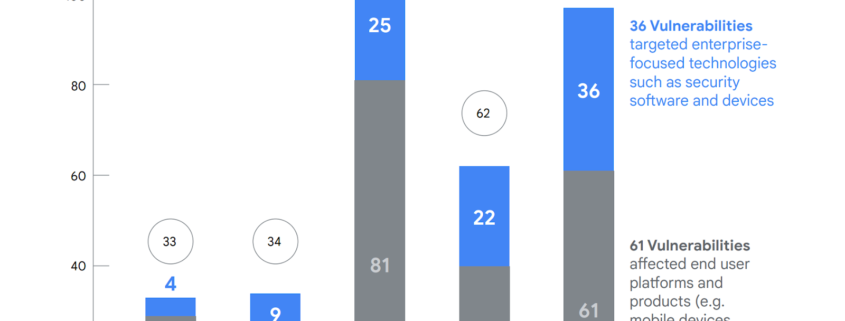Israel Saw 43% Surge In Cyber Attacks From Iran, Hezbollah In 2023
Israel saw a 43% surge in cyber assaults originating from Iran and Hezbollah in the last year, a recent report from Israel’s National Cyber Directorate has revealed.
The annual publication highlights a significant escalation in cyber warfare tactics during the period from the October 7 invasion from Iran-backed Hamas, to the end of 2023.
According to the report, Israel encountered a 2.5-fold increase in cyber intrusions compared to previous years, with a total of 3,380 attacks documented during the specified timeframe. Notably, 800 of the attacks were deemed to possess “significant potential for damage” by the National Cyber Directorate.
“The war brought with it an increase in cyber attacks that intensified gradually, shifting from a focus on information theft to disruptive and damaging attacks,” the report stated. It said the attacks had aims from simply spreading public discord to more sophisticated endeavors designed to disrupt essential organizations and influential companies within supply chains.
The Directorate underscored the targeting of hospitals as central objectives, attacks aimed at undermining the war effort and intelligence gathering, and a burgeoning collaboration between Iran and Hezbollah in executing cyber operations.
Throughout 2023, the Directorate registered a total of 13,040 verified cyber attack reports, representing a 43% surge compared to the preceding year. Notably, 68% of these reports coincided with the Gaza conflict.
Of the reported attacks, 41% targeted social networks, 25% were phishing attempts, and 13% exploited vulnerabilities in computer systems. The remaining assaults comprised malware attacks, disruptions to operational continuity, and communication disruptions.
The report also emphasized the prevalent use of compromised login data and phishing techniques by attackers, underscoring the need for heightened vigilance and enhanced cybersecurity measures across critical sectors.



